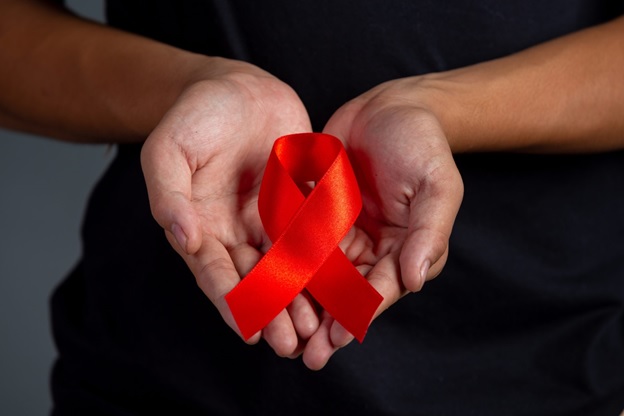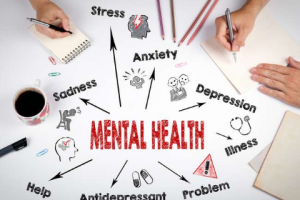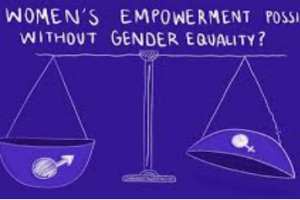
Since the virus was first identified in the 1980s, HIV remains a major public health threat and claimed the lives of millions of people round the globe. Despite the global efforts exerted to stopping new HIV infections and ensuring that everyone with HIV has access to HIV treatment, the case is still challenging the global community.
According to the recent report (13 July 2023) launched by WHO regarding global situation and trends of the HIV, HIV remains a major global public health issue, having claimed 40.4 million [32.9–51.3 million] lives so far with ongoing transmission in all countries globally; with some countries reporting increasing trends in new infections when previously on the decline.
There were an estimated 39.0 million [33.1–45.7 million] people living with HIV at the end of 2022, two thirds of whom (25.6 million) are in the WHO African Region.
In 2022, 630 000 [480 000–880 000] people died from HIV-related causes and 1.3 million [1.0–1.7 million] people acquired HIV, the report added.
Like many of the global countries, the case has also affected Ethiopia and claimed the lives of its productive citizens.
According to the 2022 estimation made by the UNAIDS, the number of adults and children living with HIV was 610 000 [510 000 – 750 000].
In fact, Ethiopia since the outbreak of the case has been working obstinately and exerting utmost effort to control the HIV epidemic effectively and decrease the number of people infected by the virus.
As a result, encouraging achievements are witnessed. For instance, as documents indicate as of 2022, the rate of new infections decreased by 59 percent and the death rate decreased by 52 percent compared to 2010 figures.
Recently, a three days forum targeting too evaluate the activities and performance of the national HIV and AIDS prevention and control was carried out at Adama Town. At the national forum, participants drawn from all states and city administrations, partner organizations, and various institutions took part, according to a Ministry of Health report.
Opening the forum, Chief Executive Officer of HIV and AIDS Prevention and Control OFFICE at the Ministry of Health Fekadu Yadeta, said that as HIV is one of the pressing health challenges and negligence about the case can cost the country a lot. Thus, it is necessary to be more careful than ever about it.
According to Fekadu, giving due emphasis to issues including mother-to child-transmission of HIV, improving access to antiretroviral drugs and treatment, monitoring disease stage among others, are crucial to control and prevent the spread of the virus.
Underscoring the critical importance of decreasing the current rate of mother-to-child transmission, which is now 12 percent, and improving the services of ARV, he said, if more efforts are not put in place, the number may rise.
In order to improve the use of the support fund allocated for the prevention and control of HIV and AIDS, a direction was given to the leaderships at all levels to supervise the whole activities- to ensure that the fund is used within the set timetable and for the stated purpose, as well as to evaluate the outcomes after it has been used and give strict directions,
In his message, Public Relations and Communication Executive at the Ministry of Health Tegene Regassa (PhD) on his part said that the HIV AND AIDS Prevention and Control Chief Executive being organized under the Ministry of Health will create a favorable environment in terms of working together, in cooperation.
Stating that the communication work of the office is being organized effectively and at a better manner than before in order to make the required information accessible to the public, he underlined that it is necessary to do comprehensive communication and advocacy works to prevent and control the disease by raising the awareness of the society to overcome the current negligence observed among the public about HIV AND AIDSS.
According to the national statistics with regard to the prevalence rate of HIV AND AIDSS, 84 percent of the people have information that the virus is in their blood, and the transmission rate of the virus from mother to child is 12 percent. The prevalence rate of the virus is 0.91 percent.
At the three days forum, various partner organizations conveyed messages through their representatives; and performance reports of the federal and states, as well as the 2016 Ethiopian year plan, the newly prepared strategic plan and survey research were presented and discussed thoroughly.
The infectious disease HIV, even after three and plus decades since it was first identified, remains to be one of the major public health challenges around the world. Even if more energy, resources and concerted efforts are applied, and international health institutions including WHO, the Global Fund and UNAIDS devised global HIV strategies that are aligned with the SDG target 3.3 of ending the HIV epidemic by 2030, the disease is still claiming the lives of many people across the globe.
According to organizations’ target, by 2025, 95 percent of all people living with HIV (PLHIV) should have a diagnosis, 95 percent of those should be taking lifesaving antiretroviral treatment (ART) and 95 percent of PLHIV on treatment should achieve a suppressed viral load for the benefit of the person’s health and for reducing onward HIV transmission.
Needless to say HIV infection has no cure, at least up until this moment. Therefore, leveling up the endeavors made to prevent and control the spread of the virus, providing the required treatment and care, as well as accessing ARV is critical. In this regard, works should be carried out in a more organized and concerted manner than before.
BY STAFF REPORTER
The Ethiopian Herald September 24/2023





